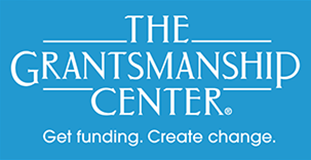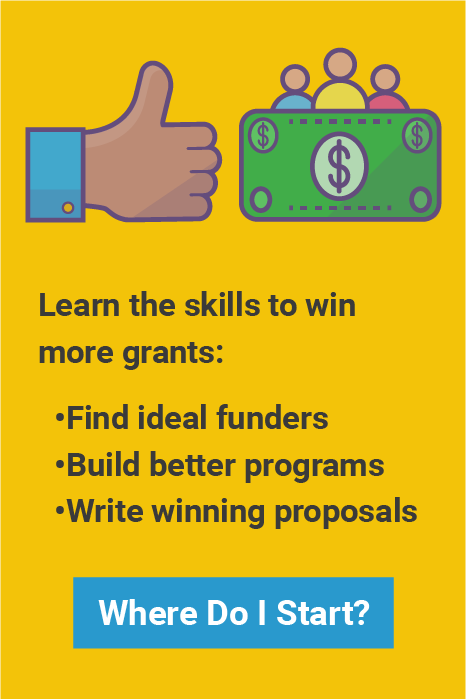
You’ve done your research and submitted a very well-written, well-documented proposal for a grant. You’ve prepared a reasonable budget, attached all the required forms, asked for the right amount of money and submitted well before the deadline. In short, you’ve done exactly and fully what is necessary to win the grant.
But you don’t. Instead, you get one of those “we salute you for your good work and we wish you well in your pursuit of funding” rejections. After a few moments of gloom, maybe a loud “dammit” that rings through the office, what else can you do about the rejection?
First, see if you can learn anything about the rejection. Was your proposal scored against others, how did your proposal rank, what was the grade assigned to your request? Some funders will share this information, some won’t, but you never get what you don’t ask for, so start with a question about how your proposal was evaluated.
While you’re investigating the basis of the rejection, it’s worth finding out if you can reapply. Some funders ask you to wait a full grant cycle, sometime a year, before reapplying. If you’ve worked this hard to prepare a compelling proposal, then by all means resubmit as soon as you’re eligible. Things can change on the funder’s end and new reviewers might see new strengths in your proposal.
But don’t wait for a single resubmission. Send the funder updates on your program, share some glimpses of how you’re moving ahead on the project. One of the things you might do is ask the funder for suggestions about other potential supporters. Another is to ask questions about the evolving priorities and giving patterns at the foundation itself.
Since you’ve done a thorough job of preparing the proposal, you’ve probably created language that can be “repurposed” for fundraising letters, website updates, certainly other proposals, tailored to a number of other funders. Whether or not the funder who rejected you has any suggestions for other places to try, you can take ownership of that process and dig in again on your prospect research. You have a bit of a leg up because you’ve done essential prep and you’ve perhaps heard some feedback that can inform your next round of submissions.
Submitting proposals for funding isn’t a one-off process, and one size definitely does not fit all. Use a rejection as important information to help you try again.
Thomas Boyd is Chief Editorial Consultant for The Grantsmanship Center
and an independent consultant to nonprofit organizations.



